
Auto Expo 2025 - All You Want To Know About The Hottest Auto Show!
- Jan 5, 2025
- Views : 6573

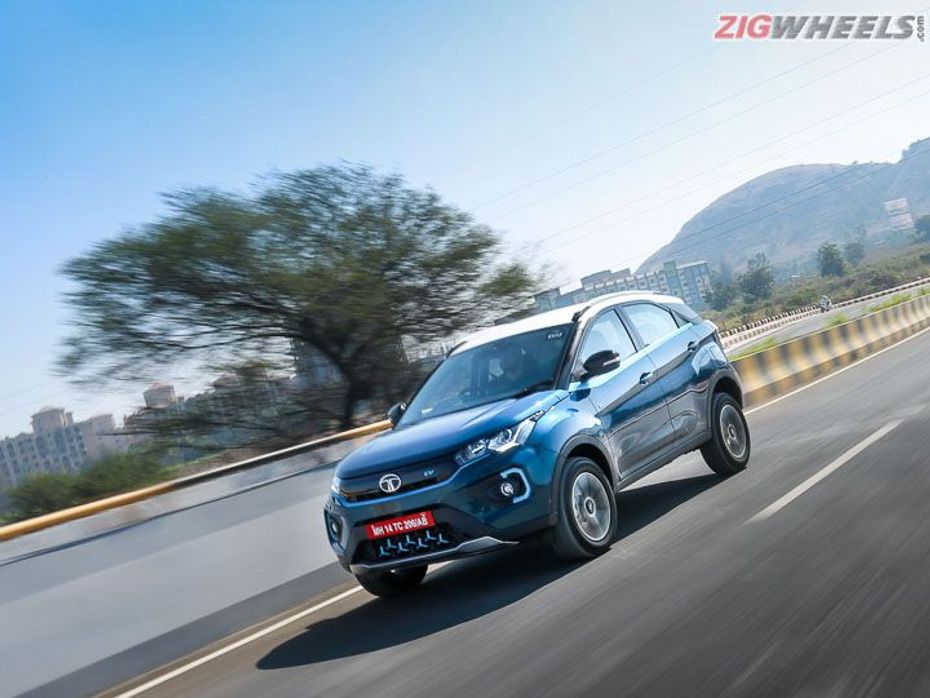
While the adoption and evolution of electric vehicles continues to accelerate, there’s still one common worry between them and internal combustion engined vehicles. And that’s how much range is offered despite their vastly different powertrain setups. In fact, it's more important for EVs considering charging infrastructure is still not mature enough, so you need to plan long-distance trips accordingly.
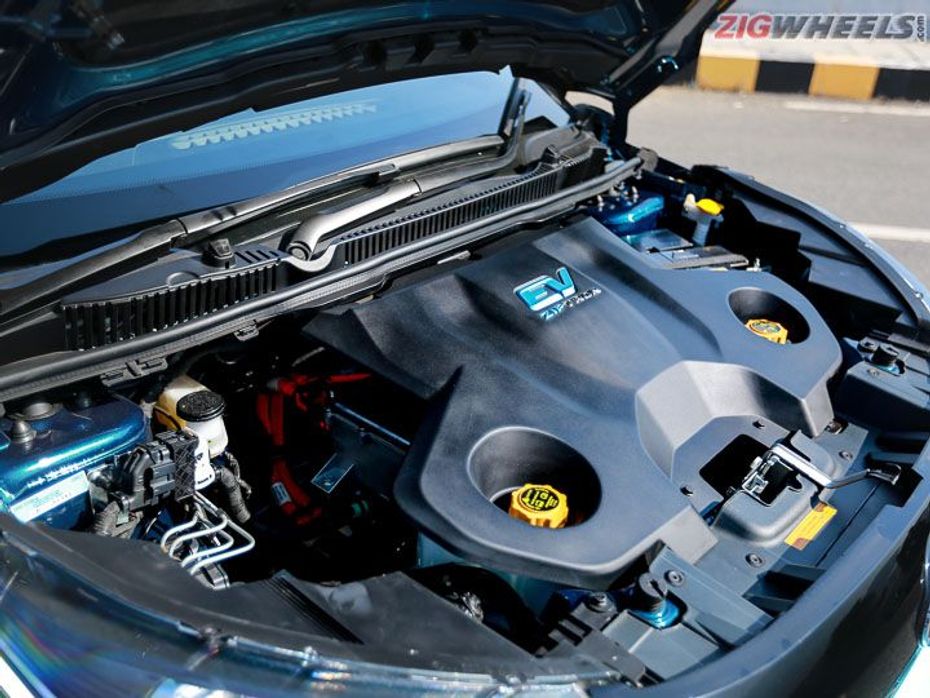
Sure, claimed figures from the carmaker as well as ARAI and WLTP-rated range figures help make planning easier. But as is the case with ICEs, there will be discrepancies between on-paper figures and real world ones, and the differences are a lot clearer in EVs.
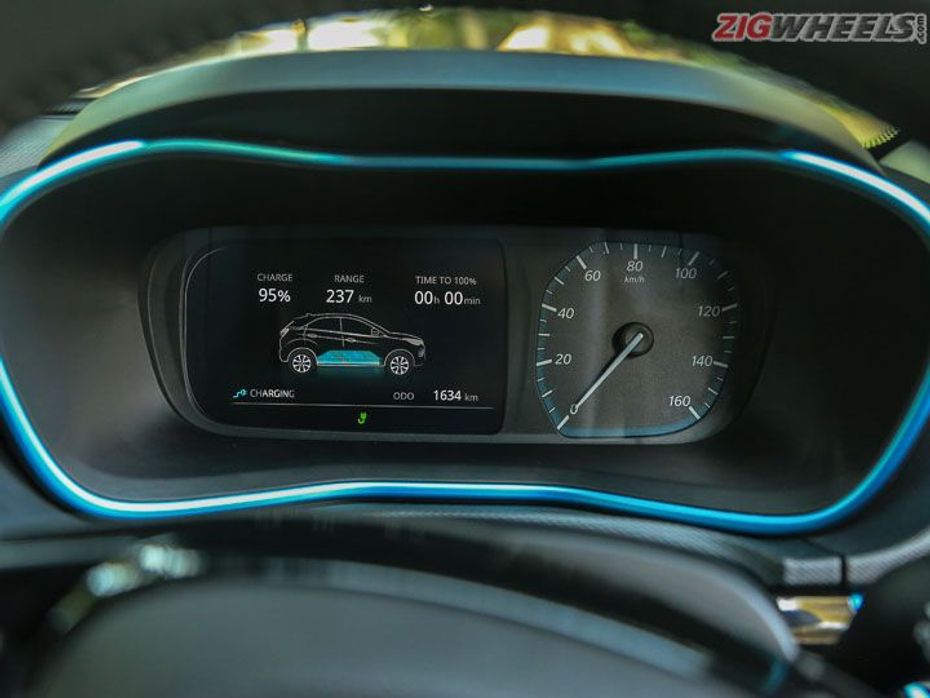
An example of the discrepancies between claimed and real-world figures was when we put the Tata Nexon EV through our torture test. While the carmaker claims up to 312km of range, when we started the test, the Nexon EV’s onboard computer showed a 95 per cent State-Of-Charge (SOC) and a predicted range of 237kms. After putting it through a variety of tests in the city and highway, we managed to cover 165km with battery level dropping to 8 percent and 25km of predicted range still available at the end of the day.
We also noticed during the test that once the SOC bar dropped below 20 percent, the EV’s performance changed to prioritise range extension. So confidently it can cover about as close to 200km in city driving. So why such a big discrepancy between claimed and rear figures? Here are a variety of factors to take into consideration as to why on-paper range figures aren’t the most accurate in planning long distance trips.
Driving Style
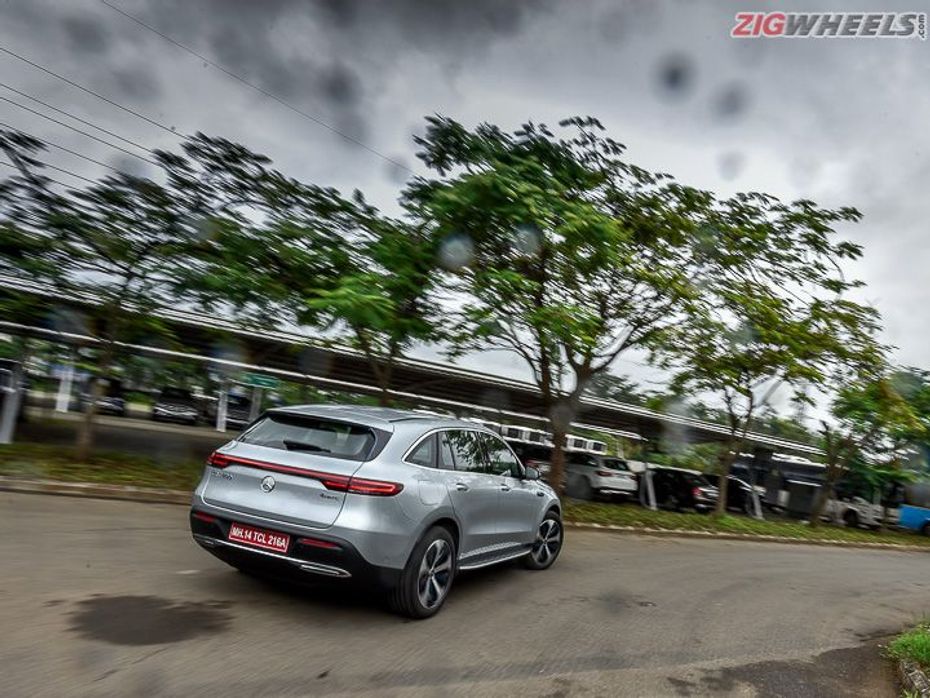
The biggest factor that affects the range of an EV is how you use your right foot. If you’ve got a heavy foot and drive too fast, then that will lead to less range. On the other hand, if you consciously manage your throttle inputs, and make full use of your EV’s regenerative braking system, then you can get a decent amount of range for everyday use.
Wind Resistance
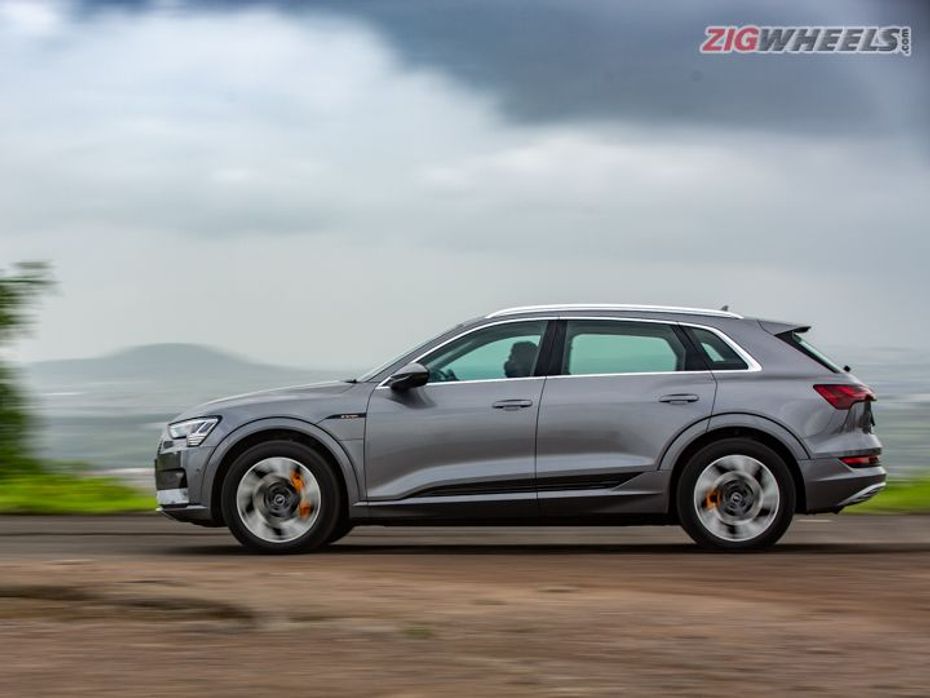
To put it simply, the amount of wind force that hits the car does make an impact on the range. The driving style is also tied into it, as higher speeds mean more resistance, which taxes the electric motor a lot, affecting the range. So on highway speeds, the battery depletes faster, while the opposite is the case at city speeds.
Traffic Levels
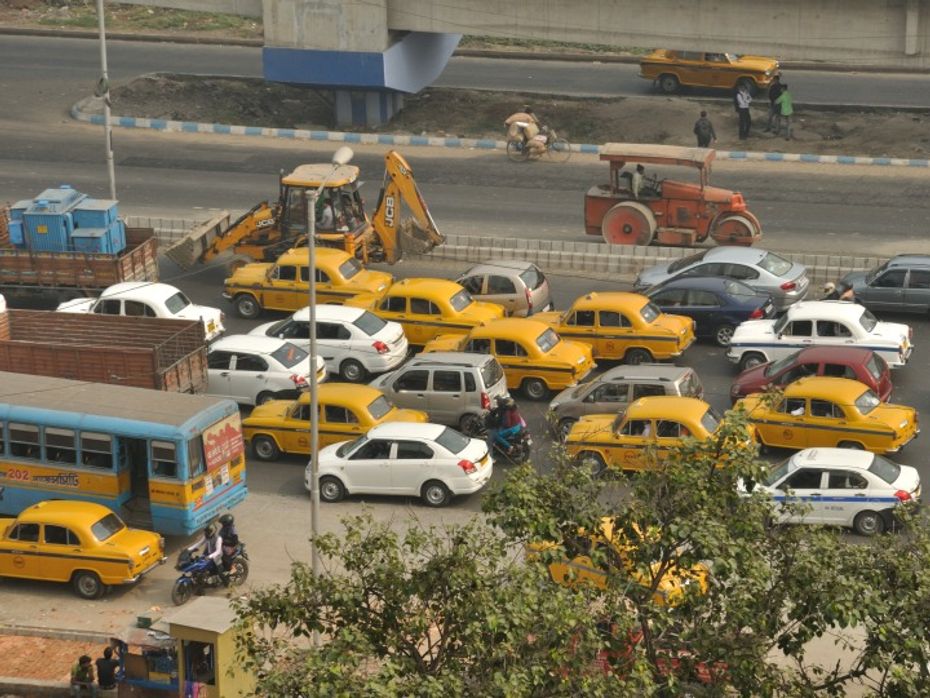
Sure, city speeds are ideal to maximise range, but traffic levels do play some role for the range. Being stationary in heavy traffic jams could hamper the range, but slow moving and stop-and-go traffic shouldn’t be that much of a problem.
Use Of Climate Controls
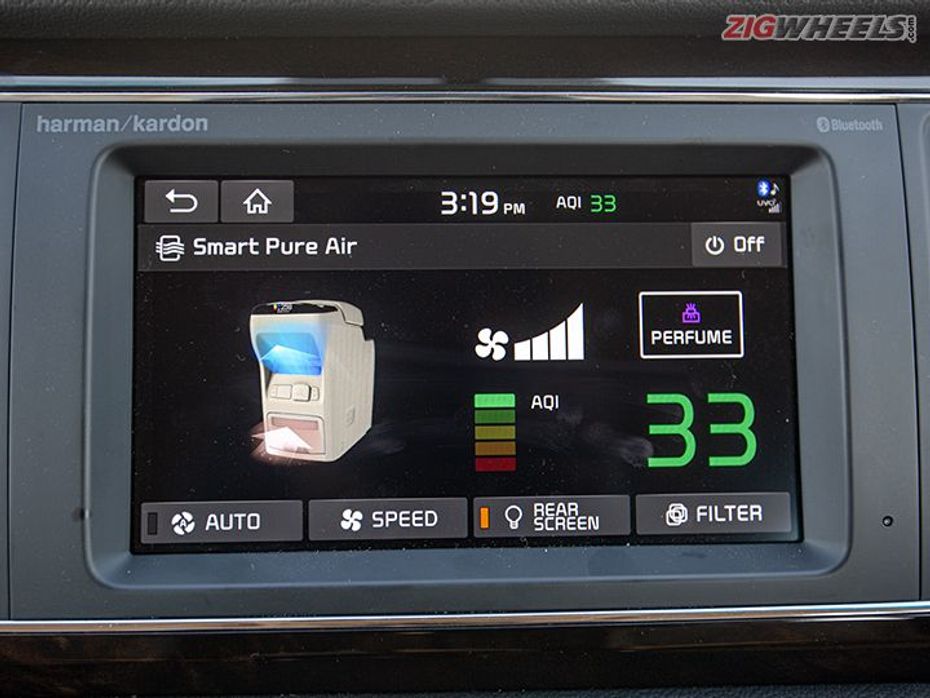
The way you use your climate controls also affects the real-world range. In winters, since electric vehicles don’t have heater cores like conventional cars, it takes more energy out of the powertrain to heat up the cabin. In summers, people tend to use the maximum cooling settings, which yet again, causes strain on the electric powertrain. So a conscious use of these climate controls is necessary to offer consistent range.
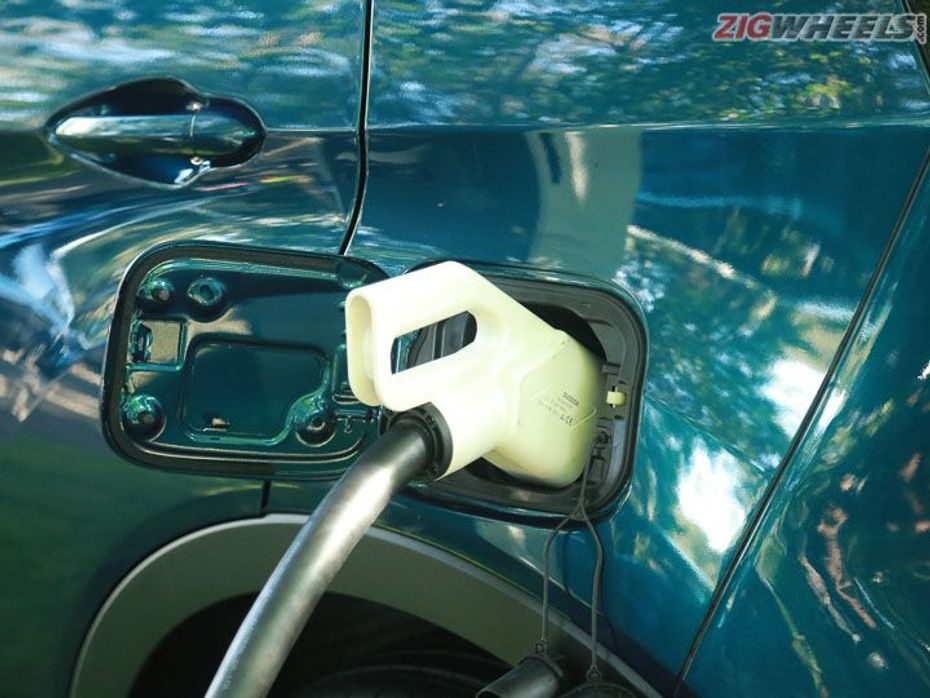
While the aforementioned factors should help you plan your trips accordingly, we’ve also curated some cool tips that should help adjust your driving habits to maximise the efficiency and range of your electric car which we’ve covered in this detailed report. Afterall, having little to no range anxiety is the aim for everyday travel in an electric era.

Auto Expo 2025 - All You Want To Know About The Hottest Auto Show!

Mahindra BE 6 Launched: Price For The Top-spec Variant Is Out!

JSW MG Motor India Revealed Their New SUV, The MG Majestor At Auto...

Volkswagen Golf GTI Set For India Launch In Mid 2025, Top 5 Things...

Auto Expo 2025: Tata Sierra ICE Concept Breaks Cover, All Details...

VinFast VF3 vs MG Comet EV: A Detailed Comparison Of The Two Cute And...

Here’s A List Of All Cars That Will Be Coming To The Auto Expo...

2025 Tata Nexon Introduced With 3 New Variants And 2 New Colours

The Story Of Tata Sierra: An Icon India Missed And Now Eagerly Awaits
India's largest automotive community
 Kia Syros
Rs. 8.99 Lakh
Kia Syros
Rs. 8.99 Lakh
 Vayve Mobility Eva
Rs. 3.25 Lakh
Vayve Mobility Eva
Rs. 3.25 Lakh
 BMW X3
Rs. 75.80 Lakh
BMW X3
Rs. 75.80 Lakh
 Hyundai Creta Electric
Rs. 17.99 Lakh
Hyundai Creta Electric
Rs. 17.99 Lakh
 Lotus Emira
Rs. 3.22 Crore
Lotus Emira
Rs. 3.22 Crore